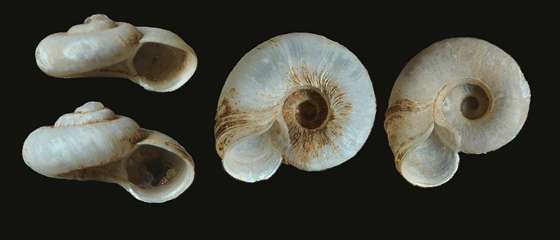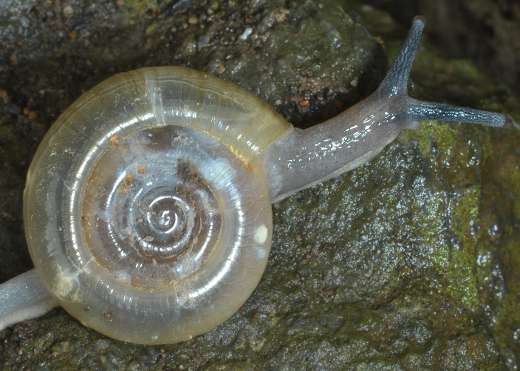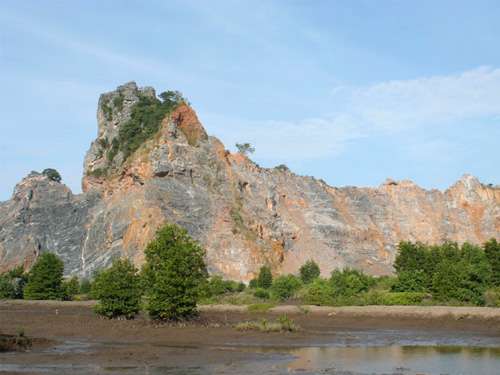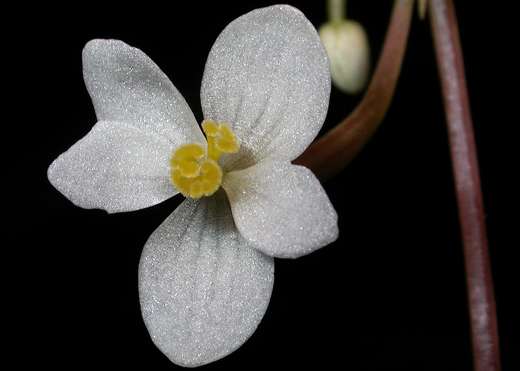Bugs of distinction on brink of extinction

What do you call a bug with no eyes? If ever there were a group who could give you a smart answer to this question, it would be the members of the IUCN SSC Cave Invertebrate Specialist Group, who convened recently to assess the status of southern Vietnam's karst (limestone) wildlife.
The meeting, which was hosted by Fauna & Flora International (FFI), focused on Hon Chong in southern Vietnam – a 258 hectare karst ecosystem that is home to the entire world population of at least 31 threatened species (six of which are Critically Endangered).
As discussions unfolded and calculators clicked, the assembled experts arrived at a jaw-dropping conclusion: that this area appears to contain a larger number of threatened endemic species than any other habitat of comparable size on the entire planet.
Karst of thousands
Characterised by dramatic limestone hills and caves, karst landscapes form some of the most breathtaking vistas on our planet. The isolated nature of these hills and caves, and the extreme conditions often found within them, have created the perfect recipe for a highly biodiverse landscape, rich in endemic species that are unique to the area.
And what species they are… an array of bizarre and unique invertebrates living on bare rock outcrops or in the dark of deep soil and caves (where many species no longer have eyes).

It was upon these creepy crawlies, and in particular the severe threats they face, that the IUCN SSC experts focused their attention.
Cementing the future of endangered species
Despite the enormous biological significance of karst ecosystems, they often face severe threat from limestone quarrying – and Hon Chong is no exception. Cement companies have already destroyed an estimated 42% of the area's limestone hills with only 258 hectares remaining of what was once a 447-hectare archipelago comprising 17 habitat islands housing an array of endemic species.
The companies responsible are mostly state-owned, but one of the largest is Holcim Vietnam (a member of the international LafargeHolcim group). Starting in 2007 Holcim has cooperated with IUCN, as part of a global partnership, on biodiversity management of its quarries.

In 2012, with IUCN support, Holcim Vietnam completed an action plan to avoid or minimise the impacts of its quarrying activities. While progress has been made on surveys to map the distribution of threatened plants and wildlife, creating habitat for rare sarus cranes, and supporting proposals for a new protected area, few effective actions have been taken to avoid species extinctions.
Speaking about the findings of the Cave Invertebrate Specialist Group (which he co-chairs), Fauna & Flora International's Asia-Pacific Regional Director, Dr Tony Whitten, said, "The data are startling. We believe there is nowhere else on earth where such a high concentration of species faces such intense risk – the scale of the likely extinctions if cement companies continue their activities unchecked is really quite shocking."
"Our task now is to convey these hard facts to all concerned, and urge them to take the action needed to manage this astoundingly biodiverse area sustainably," said Dr Whitten. "The local government is considering a nature reserve that would give protection to nine of the 34 hills, although only a quarter of the Hon Chong species would benefit.
"All cement companies in Hon Chong must now join Holcim Vietnam by getting serious about their next steps. Are they willing to take the necessary actions to avoid extinctions and mitigate damage they cause?"

Provided by Fauna & Flora International




















